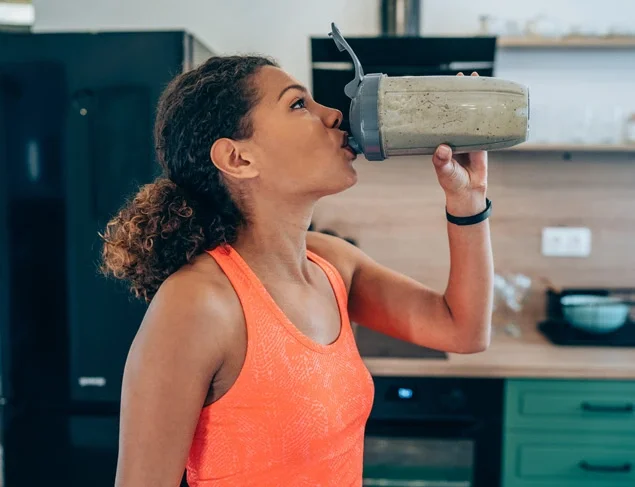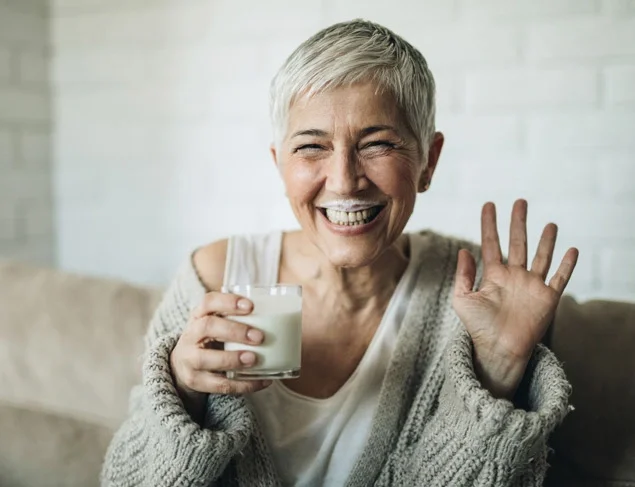Protein for women: what are the best sources?

Key points on protein for women
- Some groups of women need to be more mindful about their protein intake
- Your body can't store protein
- Lean meats, eggs, Greek yoghurt and tofu are good sources of protein for women
- Protein powders can be a good way for women to get enough daily protein
A healthy balanced diet consists of three macronutrients: fat, carbohydrates (carbs) and protein.
Our bodies use protein in so many different ways. It plays a role in repairing muscle cells, maintaining our immune systems and effective brain regulation, just to name a few. It also supports healthy bone density, which is important for us all – but especially for women, who have a higher risk of bone density loss.
But how much protein do we actually need? What happens when we have too much or too little? And what are the best protein sources for women?
We asked dietitian Lyndi Cohen for her thoughts.
How much protein do women need?
Lyndi says that most of us easily get enough protein in our diets. However, she adds, “Some groups need to be more mindful about their protein intake, including older Australians, Aboriginal and Torres Strait Islanders, breastfeeding women and children, who need protein for growth.”
And if you're a vegetarian or vegan, she suggests that “You do need to be a little bit more mindful of the choices that you make.”
The exact amount of protein you need varies according to your age and gender. To help you work out your requirements, the Australian Government has produced this handy online calculator.
But remember that it’s only a general guide. Everyone has different factors affecting them, such as lifestyle, physical activity and pregnancy.
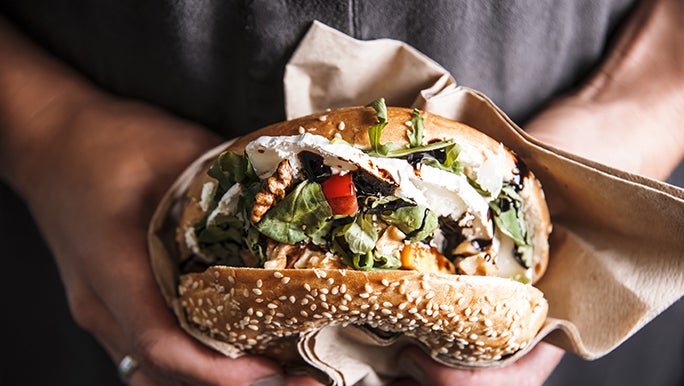
Healthier takeaway food options are also a great way to try new, high-protein foods if you aren't sure how to cook them.
Too much of a good thing?
Because your body can't store protein, you need to include it in your diet every day. But don't go overboard.
Lyndi explains that, “if you eat too much protein, your body either breaks it down to create extra calories or excretes it out because it isn’t necessary.”
She also suggests that eating a high-protein diet may make it trickier for you to get enough fibre.
“Having too much protein can impact your gut health,” she comments. “Smelly farts are a sign that something strange is happening inside your belly.”
So if you’ve wondered why your farts smell so bad recently, it may help to look at your protein levels.
High-protein foods
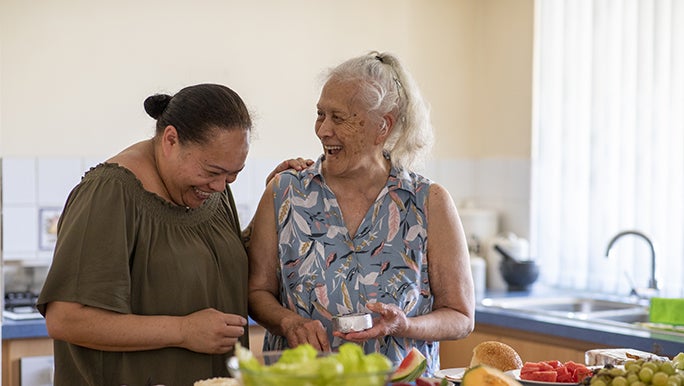
There are all sorts of different sources of protein – not all of them from animals.
There are all sorts of different sources of protein for women – not all of them from animals. And since you need protein in your diet every day, you have plenty of chances to try different options. Even a healthy snack box can contain high-protein snacks for everyone.
Animal sources of protein for women
- Turkey: Choosing skinless breast meat makes it lean on fat but mean with protein.
- Tuna: packing in vitamins like A, B12 and B6, as well as omega-3 fatty acids, tuna ticks many healthy choice boxes.
- Beef: classed as a complete protein, beef provides all of the essential amino acids our bodies need.
Vegetarian options
- Eggs: also classed as a complete protein, eggs also contain other nutrients that may help to look after your skin, hair and nails. This makes them an ideal vegetarian protein source.
- Greek yoghurt: higher in protein than its traditional counterparts, Greek yoghurt is made by straining out excess liquid. It’s also lower in lactose, which may make it easier to digest for people who are lactose intolerant.
- Cottage cheese: this versatile, low-fat cheese contains protein and calcium, which is essential to support bone health.

What's the difference between a plant-based and vegan diet?
Veganism was coined in 1944, but plant based diets are more recent. Let’s look at the difference between them.
Vegan options
- Chickpeas: made famous in hummus, chickpeas are a great vegan protein source due to their high protein content as well as fibre content, which can aid digestion.
- Quinoa: with both sweet and savoury options, this ancient pseudo-grain is one of the best ideas if you’re looking for a nutritious, high-protein breakfast, lunch or dinner that can be tailored to your own taste buds.
- Tofu: derived from soybeans, tofu contains soy isoflavones, which may offer modest health benefits for menopausal symptoms.
Protein powders for women
There are several different types of protein powders on the market that cater to different dietary requirements.
While Lyndi says that they aren't for everyone “some people find protein powder a convenient, on-the-go snack.'
"It might also help you feel full, so it’s OK to work protein shakes into your meal plan. Ask your GP or dietitian if you want more advice on if they are right for you.”
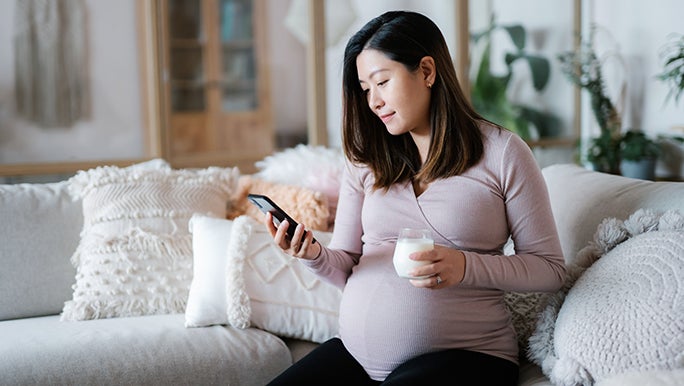
Because your body can't store protein, you need to include it in your diet every day.
Getting the protein balance right
If you aren't sure whether your family is getting the right amount of protein, a weekly family meal plan may help. Seeing a week - or even a month – at a go makes it easier to plan out different sources of protein, as well as other foods that may be healthier choices.
Healthier takeaway food options are also a great way to try new, high-protein foods if you aren't sure how to cook them. Lebanese falafel or Japanese-style edamame beans are easy options for your family to try.
Protein is part of a healthy future
Being mindful of your protein intake is a step towards having a healthy, balanced diet. And getting the kids involved with understanding what’s in their food helps them to form healthy eating habits from an early age.
A simple tool to provide insight into your shopping habits and inspiration to make healthier choices
Track your protein foods with healthylife Food Tracker - a simple tool to help inspire you to make healthier food choices and achieve a more balanced diet.
Recommended reading
Related:
- What does a dietitian do? And, how can they help you?
- What is organic food and is it really better for us?
- How to change your relationship with food (and stop eating junk food)
- healthylife Food Tracker
Lyndi Cohen is a media Nutritionist and Dietitian and member of the healthylife Advisory Board who regularly appears on Aussie TV screens and in magazines with the goal of helping people be healthy without dieting. She is all about cutting through the sea of wellness misinformation with common sense and scientific data.
Reviewed by the healthylife Advisory Board July 2021.
Updated August 2022.
